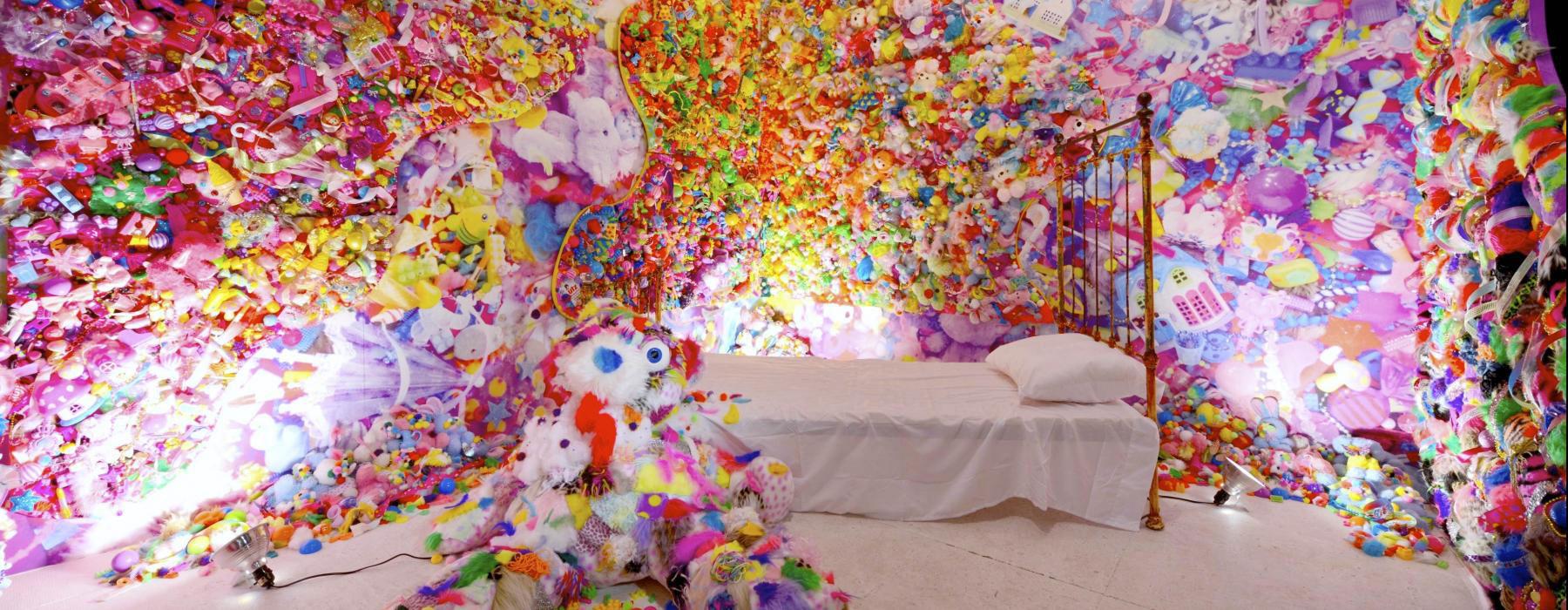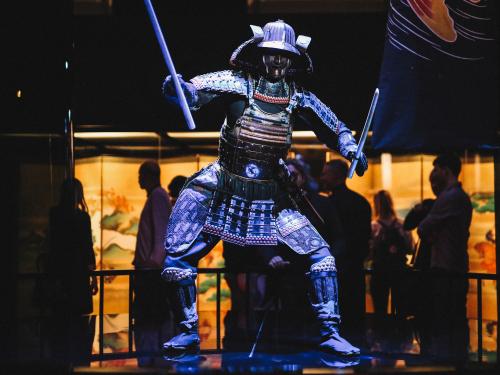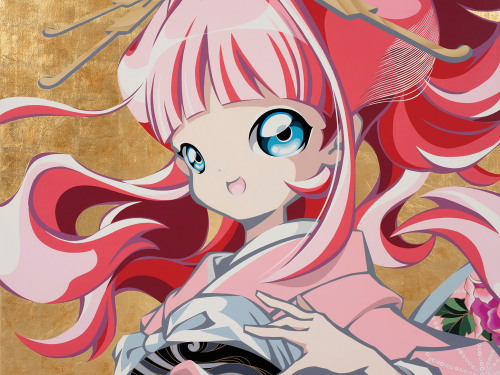
The kawaii culture arose as a protest among girls rebelling against the pressure to grow up, work hard and conform to the strict demands of society. Later, the popularity of kawaii brought it great commercial success. Kawaii icons like Hello Kitty gross huge profits in Japan and the rest of the world.








